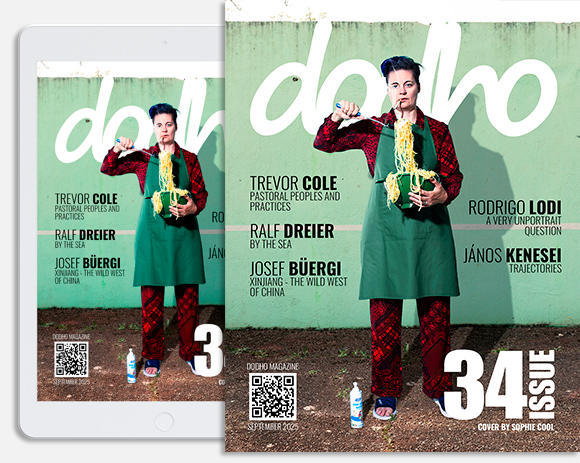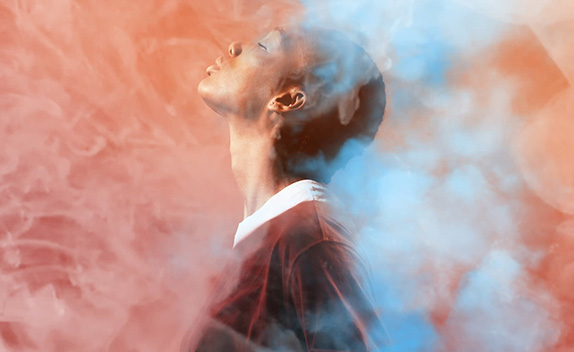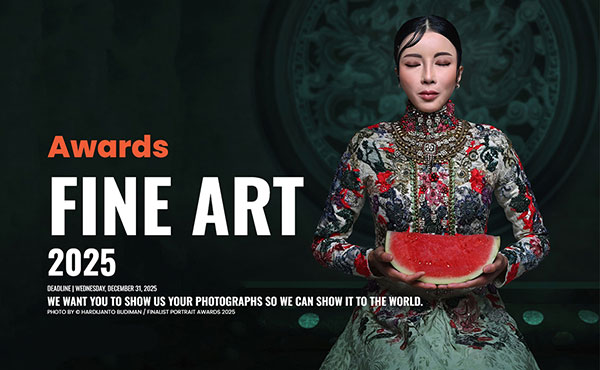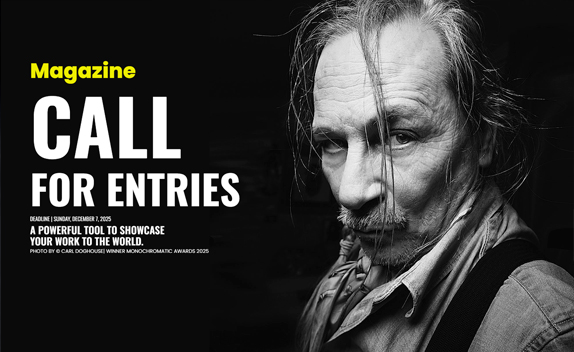What place does intimacy have in an age where artificial intelligence can generate faces, retouch portraits, and mimic styles with uncanny precision?
When images are produced and forgotten in seconds, can photography still hold on to silence, memory, and emotional depth?
In this edition, we meet Italian photographer Salvatore Montemagno, born in Gela and now based in Montichiari. A self-taught artist, his work draws from 20th-century painting and the stillness of cinema, crafting portraits that resonate as whispers rather than proclamations. Through atmospheres suspended between absence and narrative, his images explore psychological tension and the fragile persistence of human presence.
Exhibited in Milan, Paris, London, and New York, and recognized internationally with awards such as “New Talent of the Year” at the Moscow International Foto Awards, Montemagno embodies a vision of photography that resists noise. In an age of algorithms and acceleration, his work reminds us that the essence of portraiture may still lie in slowness, nuance, and the irreducible intimacy between subject and gaze. [Official Website]
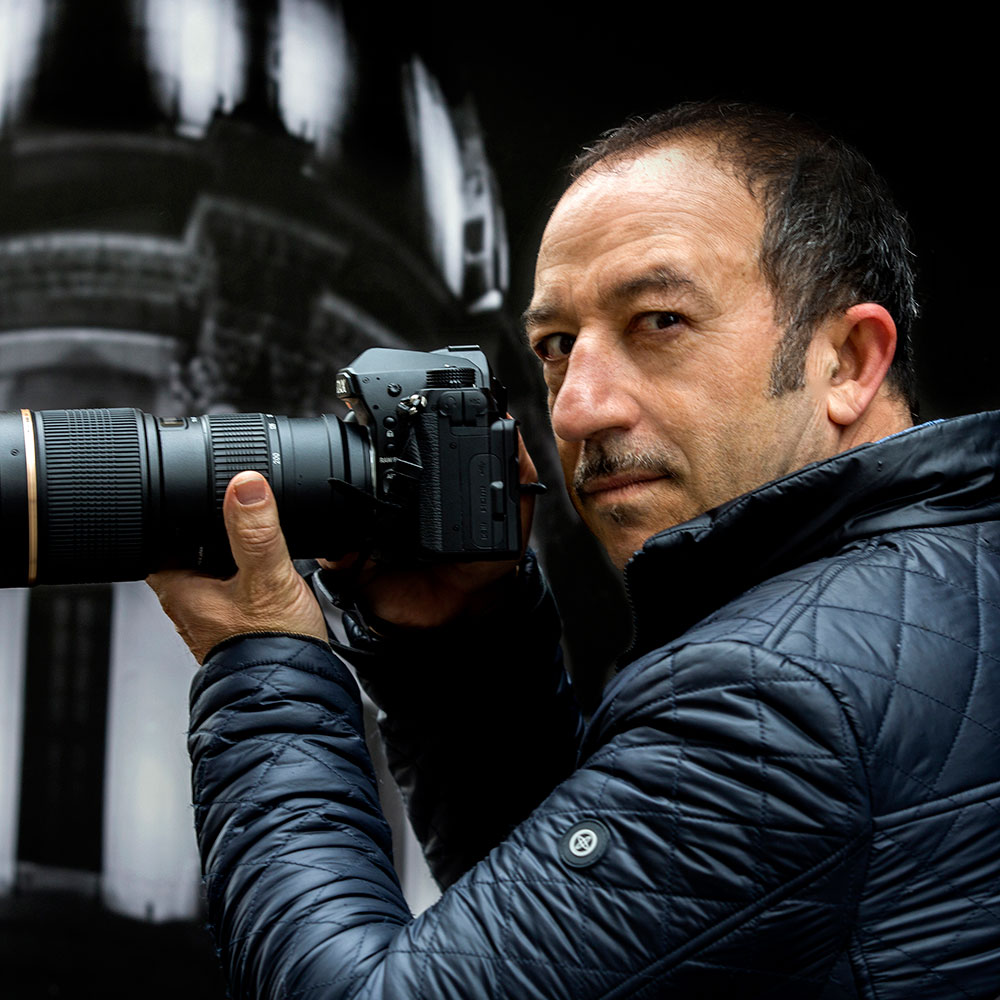
To what extent can AI be regarded as a creative tool rather than merely a technical aid in photography?
AI can certainly be creative, but in a different sense. It’s not instinctive; it doesn’t feel doubt, fragility, or urgency. I see it more as a language extension a tool that, if used with awareness, can support the imagination. But it’s up to the human being to infuse meaning, ambiguity, and emotion.
How would you define the value of human intuition versus algorithmic calculation in creating an image?
For me, intuition is everything. It’s the tremor behind a gesture, the invisible thread that binds memory, emotion, and form. Algorithmic calculation may optimize results, but it doesn’t tremble. And that trembling is often the birthplace of art.
Do you think the rise of image generators will reduce demand for conventional photography or make it more valuable?
Both scenarios are possible. But I believe that the more artificial images proliferate, the more we will long for the imperfect truth of a real photograph. Photography that is grounded in time and human presence may become a kind of relic but one that carries new symbolic weight.
Do you see AI as a creative partner or as direct competition?
Neither. I see it as a tool powerful, fascinating, sometimes unsettling but still dependent on the clarity of who’s behind it. I don’t feel in competition with AI because it doesn’t share my fears, my memories, or my wounds. It can simulate beauty, but not longing.
Do you see AI as an ally for telling more complex visual stories or as a shortcut that impoverishes narrative?
It depends on how it’s used. In the wrong hands, it becomes a shortcut seductive, fast, but hollow. In the right context, it can expand narrative possibilities. The key is to preserve intention, not surrender to convenience.
How far should regulation go on transparency in image generation and editing?
I believe transparency is crucial not to create hierarchies, but to preserve honesty. The viewer has the right to know whether an image was born from a lens or from a prompt. It’s not about excluding, but about naming things for what they are.
If tomorrow an AI produced images indistinguishable from yours, how would you defend your authorial signature?
Through what no algorithm can replicate: coherence over time, inner necessity, and emotional residue. My authorial voice doesn’t lie in style alone, but in the way I persist in the threads that connect one image to the next, in what I choose not to show.
Do you think the arrival of AI will force a rethink of traditional photography contests and awards?
Yes, inevitably. We’ll need clearer boundaries and new categories. But more importantly, we’ll need to rethink the criteria: perhaps less focus on surface aesthetics, more on vision, on process, on ethical transparency.
Which new competencies, technical or conceptual, would you advise the next generation of photographers to develop?
I would tell them to cultivate slowness, critical thinking, and emotional literacy. To learn about algorithms, yes but also about silence, literature, and painting. The photographers of tomorrow will need not only technique, but depth.
If you had to describe the ideal state of coexistence between photographer and AI in 2035, what would it be?
A collaboration based on clarity and respect. Where AI is used to open doors, not replace souls. Where the human gaze remains central not because it’s better, but because it’s irreplaceably imperfect. In that imperfection, I believe, lies the truth of photography.


